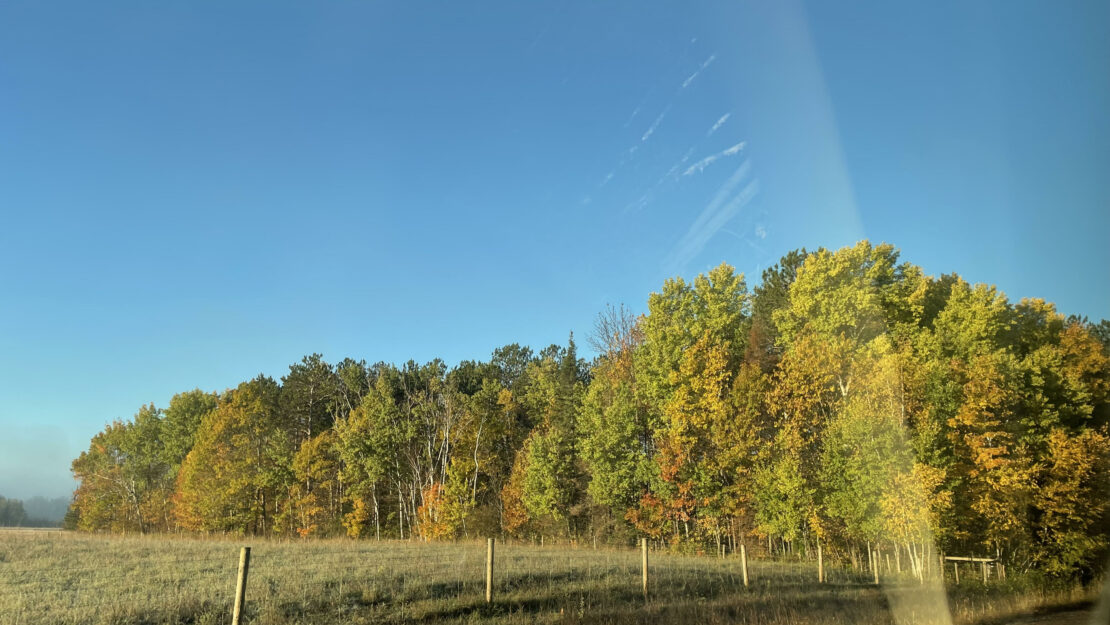End of Season Reflections

By Kaden Mettel, Communications Outreach Specialist Individual Placement / AmeriCorps Member placed at Osprey Wilds Environmental Learning Center
With the arrival of fall, the growing season at Trapp Farm is slowly coming to an end. Growth has slowed and most of our work time on the farm is spent putting beds to rest and preparing for the next seasons. I find this transitional time of year especially ripe for reflection and processing.

What I have felt most in the last month is the winding down that occurs after the peak of summer harvest. Once the heat of late August and early September ceases, plants and people move slower. Less physical activity occurs as energy moves from being used for growth to preparing for the winter. When leaves change color and drop in the fall, this is the tree’s way of moving energy away from growing and instead towards conserving resources in their roots for the harsh winter. At the farm we see the death of most crops come as the temperature drops and green vegetation can no longer survive. As this happens, nutrients return to the roots and the soil.
This shift of energy affects me too. I find myself less busy working in the garden harvesting, weeding, and planting, and more active in my internal landscape. Autumn becomes a transitional period where we go from the bustling pursuit of summer to the quiet introspection of winter. With introspection comes observation and reflection.

As I slow down, I notice more. I notice when the frost comes early in the morning and coats everything with an even layer of silver. Frost is a common sign of the end of the growing season as it freezes fragile vegetation. I notice the summer squash and the beans turn brown and wilt after the frost melts away in the mid-morning sun. I also notice how the kale and the spinach remain a lush green. These hardy leaves withstand the bite of frost, and actually become sweeter. Many people prefer the taste of kale after it has frozen because this causes starch molecules in the plant to convert to sugar molecules.
I take inspiration from these leafy greens. It is easy to turn bitter after coming face to face with the harshness of winter, but to turn sweet instead is much kinder to yourself and others. As the days grow darker and colder, I turn to the hardiness of kale and spinach to guide me. Choosing to face the dark months ahead with a mindset of sweet introspection can help weather cold temperatures until spring, when the cycle of growth begins anew.